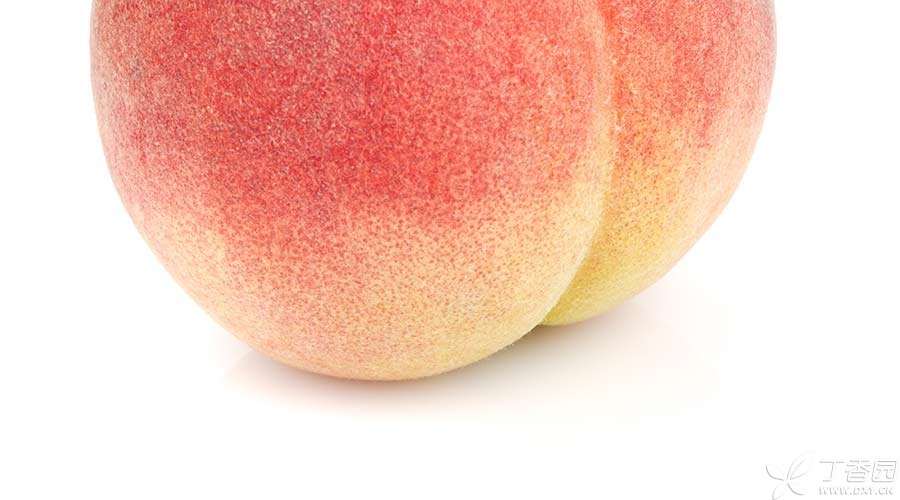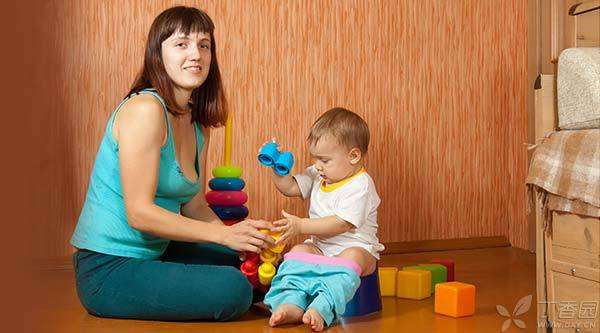
Constipation is a common problem for children of all ages, but in fact, less than 5% of children suffer from constipation caused by medical problems, such as Hirschsprung’s disease, anal abnormalities, nutrition absorption disorders, spinal abnormalities, drug effects, etc., which can be determined by going to the hospital for professional physical examination.
In most cases, the problem of constipation can be solved by taking diet, behavioral therapy and sometimes drugs at home. The following will introduce which situations need to be treated in time for children over 1 year old and the precautions and specific methods when trying family therapy.
When should what see a doctor?
If the child’s constipation is accompanied by severe abdominal pain or rectal pain, or meets the following conditions, he or she needs to see a doctor as soon as possible.
The child did not defecate within 24 hours after receiving family constipation treatment; Children are unwilling to eat and lose weight. Children’s stool is bloody; Recurrent constipation; The child said pain when defecating. You have any problems or worries about your child’s defecation habits.
At which stages are children more prone to constipation?
Under normal circumstances, By the age of 2-4, children usually defecate 1-2 times a day. If children encounter defecation difficulties, children over 1 year old may shake back and forth, arch their backs, stand on tiptoe, twist their bodies or fidget, or squat down while clamping their hips and legs. Older children may hide in corners or other special places to do the above movements.
Although this performance looks like children are trying to defecate, in fact they are usually holding back their defecation, probably because they are afraid of going to the toilet or worrying about pain in defecation.
Toilet training and children’s starting school are the peak periods of constipation. At this time, parents should pay more attention, pay attention to prevention, find out in time and take measures as soon as possible to prevent constipation from worsening.
1. Toilet training
During toilet training, if the children are not ready or interested, they will try to hold their stool to avoid going to the toilet. Children with hard stool or painful defecation are more likely to hold their stool, and toilet training may even aggravate the problem.
Precautions
It is best to go to the toilet after eating, and encourage children to sit on the toilet for 5-10 minutes after eating, 1-2 times a day; When there is plenty of time, go to the toilet regularly and don’t rush. Children are encouraged to sit on the toilet as soon as they feel comfortable. No matter whether they defecate successfully or not, they can be given hugs, kisses or verbal encouragement. Using an adult’s toilet and padding a small bench under the child’s feet can increase the thrust of the child’s defecation and make the child feel more secure. When in the toilet, read to the child or accompany the child, so that the child can cooperate more; The child suffocated his stool during toilet training, and the training was suspended for 2-3 months.

Step 2: Start school
After the child starts school, some children do not want to go to the toilet at school because it is unfamiliar or too [public], which may cause the child to hold back his stool. However, because you are not around the child, you may not realize that he has problems going to the toilet.
Precautions
When the child is at home, especially on weekends, pay attention to how often the child defecates. Parents need to continuously observe their children’s defecation when their children go to kindergarten or school for the first time and after the long vacation. Ask the child if they have any problems when they want to go to the toilet outside. If there is not enough time or the child feels embarrassed, find a solution with the child.
Children are constipated, so you can try these at home.
You can try some methods to relieve your child’s constipation at home. These methods need to start within 24 hours after the normal defecation cycle. However, if the child has not defecated for more than 24 hours after treatment, or has abdominal pain, hematochezia and other symptoms, please see a doctor as soon as possible.
Step 1: Diet therapy
For children over 1 year old, if the stool is hard and the defecation is laborious, but the pain is not obvious and there are no problems such as stool holding, bleeding, anal fissure, etc., diet changes may be sufficient.
Children should be provided with a balanced diet, including whole grains, fruits and vegetables. Encourage children more, but do not force them to eat.
Juice
Some fruit juices can help soften stool, especially prune juice, apple juice or pear juice. Children aged 1-6 should not drink more than 120-180 mL of 100% fruit juice every day. Children over 7 years old can drink 120 mL of fruit juice twice a day.
Water
For children over 1 year old, it is enough to drink 960 mL of water (including milk and other liquids) every day. But don’t force children to drink a lot of water to treat constipation, which is not helpful.
Milk
Some children suffer from constipation due to milk protein intolerance. If other treatments do not work, it may be reasonable to avoid all dairy products for 1-2 weeks. However, if the child does not improve during this period of time, he can resume drinking milk.
2. Behavioral therapy
For children who often suffer from constipation, behavioral therapy is recommended to help children develop healthy defecation habits.
Encourage children to sit on the toilet within 30 minutes after meals, for example, 2-3 times a day, each time for 5-10 minutes, so stick to it every day. As long as the child is willing to sit on the toilet, he can get rewards such as stickers and does not have to defecate. When on the toilet, reading or singing to the child, or playing with toys, can also make the child more cooperative.
For children who often suffer from constipation, parents should also pay attention to recording their children’s defecation, medication, abdominal pain or other conditions every morning, middle and evening, which can help doctors find out the cause of constipation.

3. Medication
For recurrent constipation, drinking too much water and eating high-fiber diet or behavioral therapy are not enough, and many children also need to use drugs.
Parents often worry about laxatives and worry that if they stop using them, their children will not be able to defecate. However, if the doctor’s plan is followed, the correct use of laxatives will not increase the risk of constipation in the future. On the contrary, the reasonable use of laxatives can prevent the vicious circle of children holding their bowels due to pain.
Laxative
For children over 1 year old, if constipation is accompanied by stool holding, defecation pain, bloody stool or anal fissure, doctors may recommend oral laxatives such as polyethylene glycol or lactulose. Although several laxatives are over-the-counter, it is still necessary to consult a doctor before regular use.
Some children need to use laxatives continuously for months or even years. When children can defecate regularly and go to the toilet for at least 6 months, they can discuss with their doctor to reduce the dosage or even stop using laxatives.
Anal suppository
If the stool is too hard to block the rectum, occasionally use Kaisailu or plug the anus with a thermometer after lubrication. However, these methods cannot be used frequently and may be tolerated by children. In addition, Kaisailu may irritate the anal or rectal mucosa.
References:
